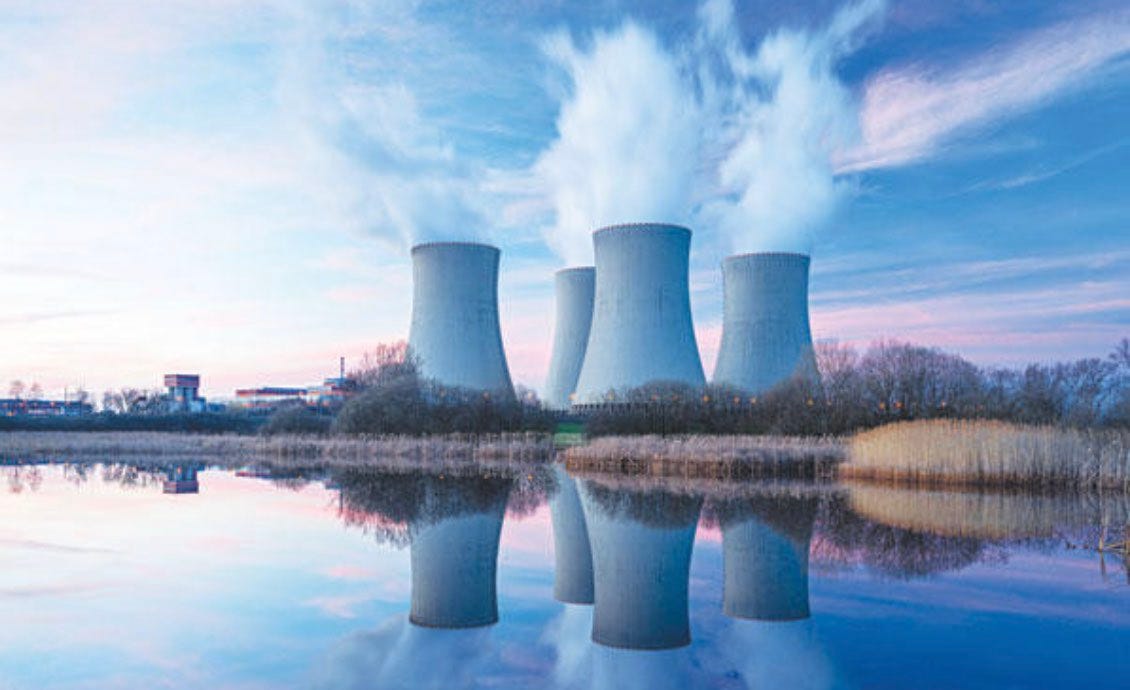Global Energy, Aug 28-Sept 3
Here's a summary of last week’s top global energy news that have the potential to impact global energy supply and demand.
Offshore wind
Europe slipped as the world’s largest offshore wind market. As a result of rising costs and supply chain disruptions, the Asia-Pacific region, led by China, is now the leader. In 2022, Europe accounted for about 47% of the 64 GW of total global offshore wind capacity, while Asia-Pacific surpassed it with almost 53%. China alone made up 49%.
EU/ Fossil fuels
Fossil fuels produced just 33% of the EU's power in the first half of 2023, which is 17% lower YoY, and the lowest share on record since 1990. The main reason was lower electricity demand. Mild weather, consumption-cutting policies and high gas and power prices have encouraged industries and consumers to curb energy use.
EU/ Solar power
The EU has 40 GW of solar panels stored in warehouses due to various bottlenecks and barriers in the supply chain, including labor shortages, critical material delays and long interconnection queues. This is equal to the amount of solar capacity that the EU deployed in 2022. This figure might increase to 100 GW by year’s end.
India/ Net-zero
More than a dozen companies led by industrial conglomerate JSW Group wrote to G20 leaders to push for an end to fossil fuels use without emissions captured, as well as support for green vehicles and clean power. G20 leaders gather in New Delhi on Sept 9-10.
LNG
In the past year, Germany, the Philippines, and Vietnam began importing LNG. The EIA also expects Australia, Cyprus, and Nicaragua to start importing LNG, and many other countries are in the final stages of developing LNG import capacity. Global LNG import capacity is set to expand by 16%, or 23 bcfd, by late 2024.
Namibia/ Oil
Shell and TotalEnergies will develop a giant oilfield in the Atlantic Ocean off the African country’s coast. This year, Total will spend $300 million — half of its global exploration budget — in Namibia.
Russia/ LNG
In the first seven months of this year, Belgium and Spain were the second and third-biggest buyers of Russian LNG, behind China. Overall, EU imports of LNG were up 40% between January and July compared with the same period in 2021. Before the war in Ukraine, the EU did not import significant amounts of LNG due to its reliance on piped gas from Russia.
Saudi Arabia/ Nuclear power
Riyadh is speaking with China to build a nuclear power plant, a move that might be meant to pressure the U.S. to compromise on its conditions. U.S. nuclear aid is contingent on the Saudis agreeing to not enrich or mine their own uranium, which China doesn’t demand.
U.S./ Offshore wind
The first auction of offshore wind rights in the Gulf of Mexico ended with a single $5.6 million bid, reflecting meager demand in a region known for oil and gas. Germany's RWE won rights to the site off Louisiana, while the other two areas in Texas received no bids.
U.S./ Power output
Total power generation from January to August 20 declined 2.1%, YoY. But the share of power generated from natural gas averaged 40.4% through mid-August, up from under 36% in the same period in 2022. This was due to low wind power output.





